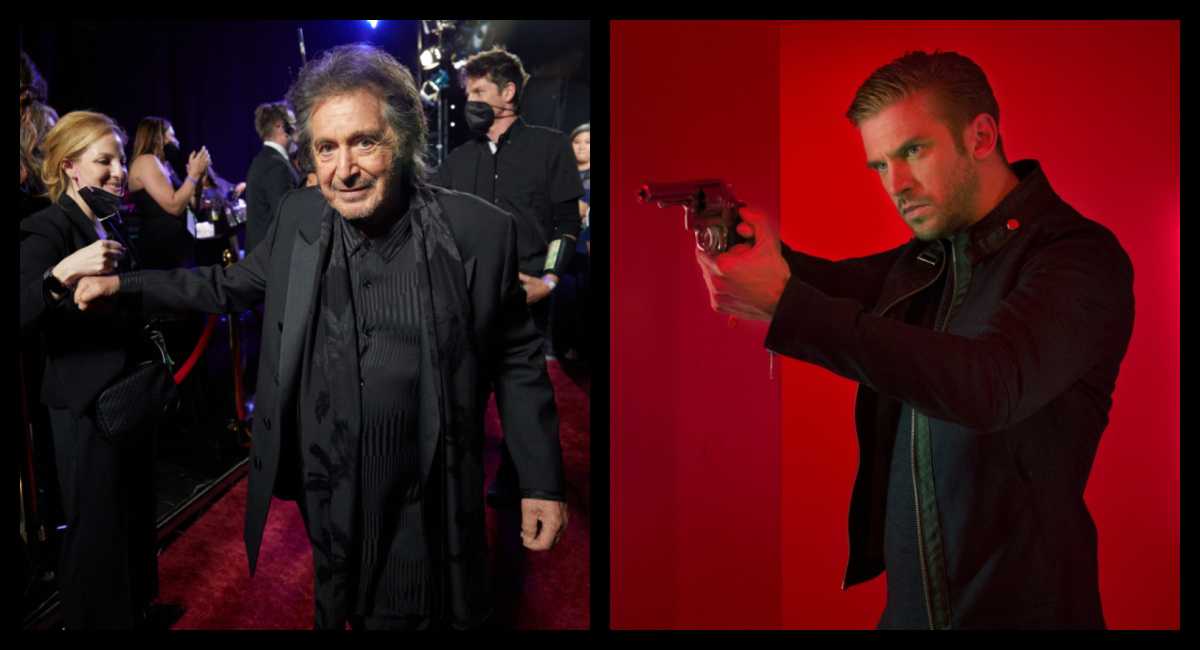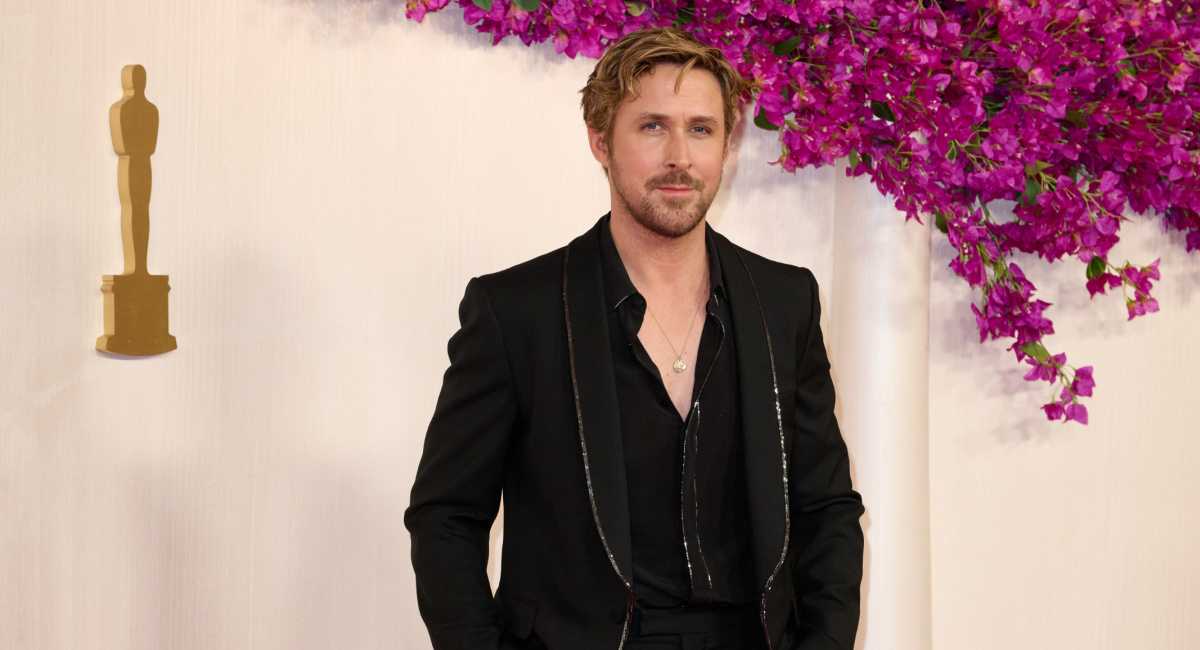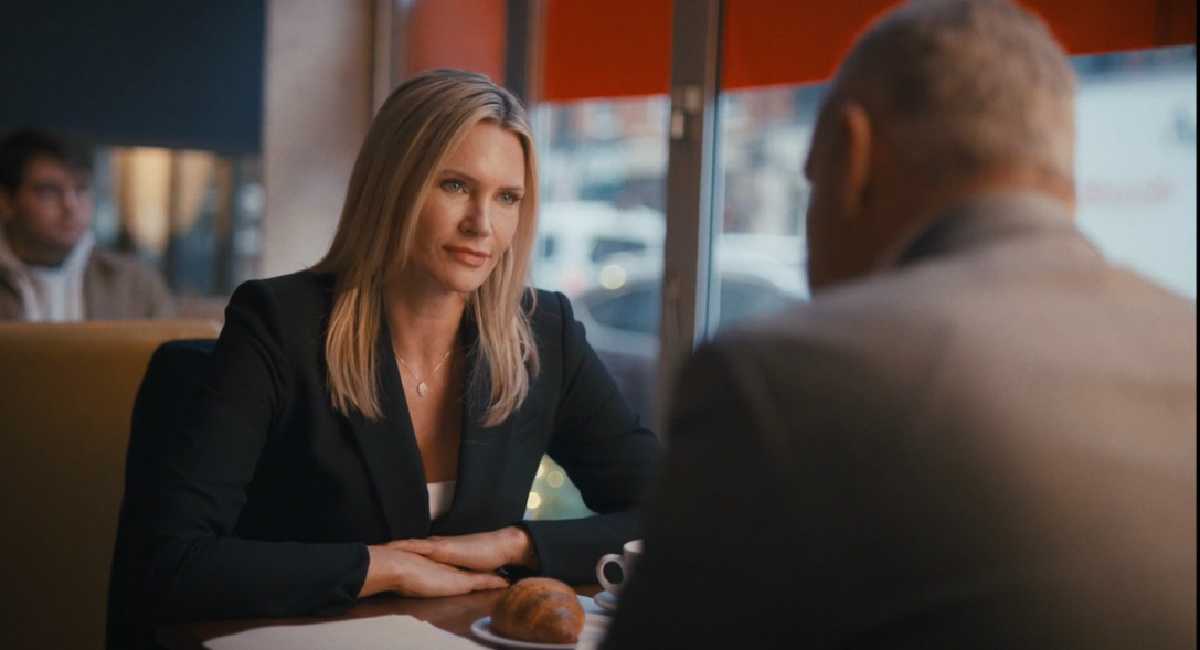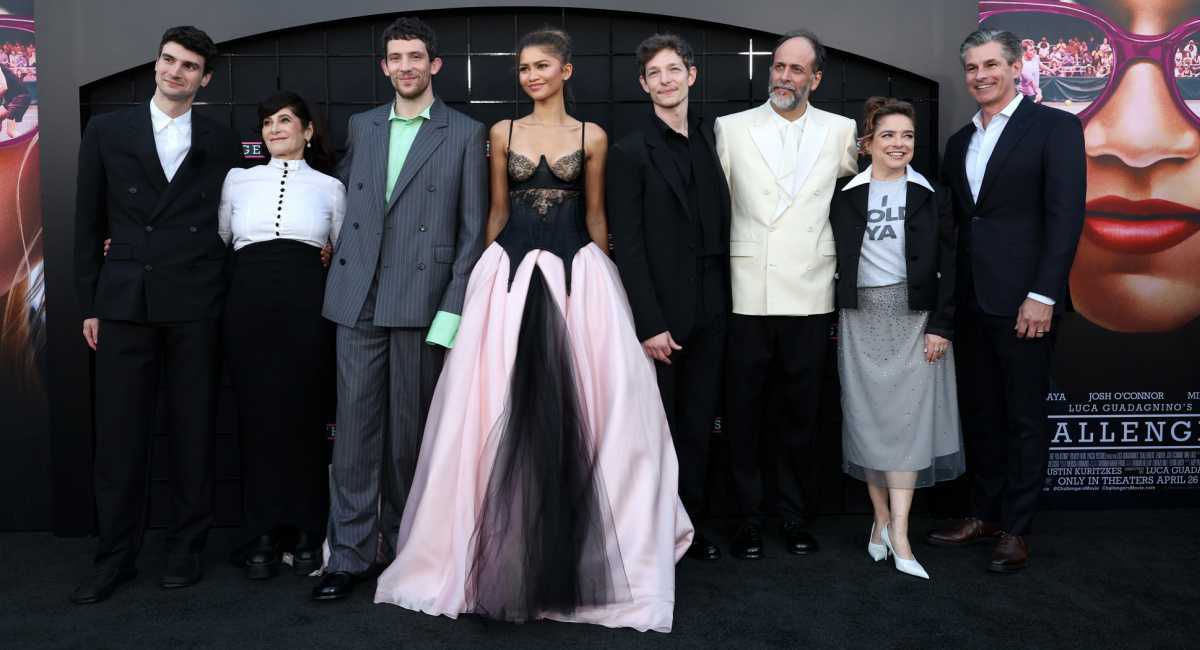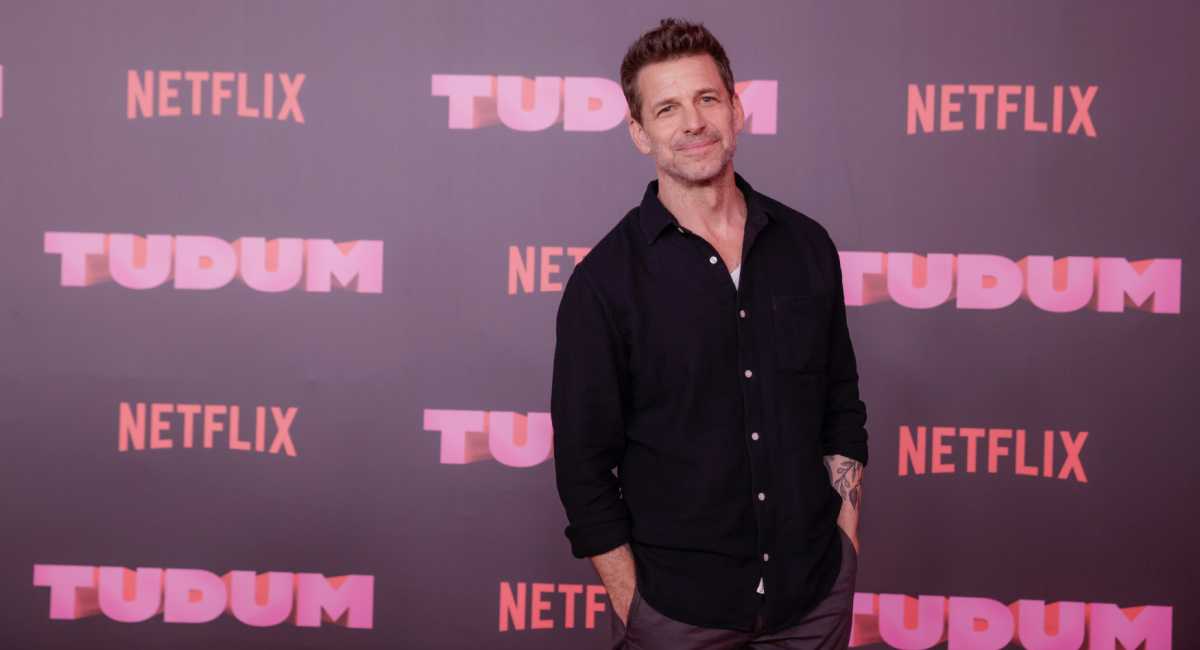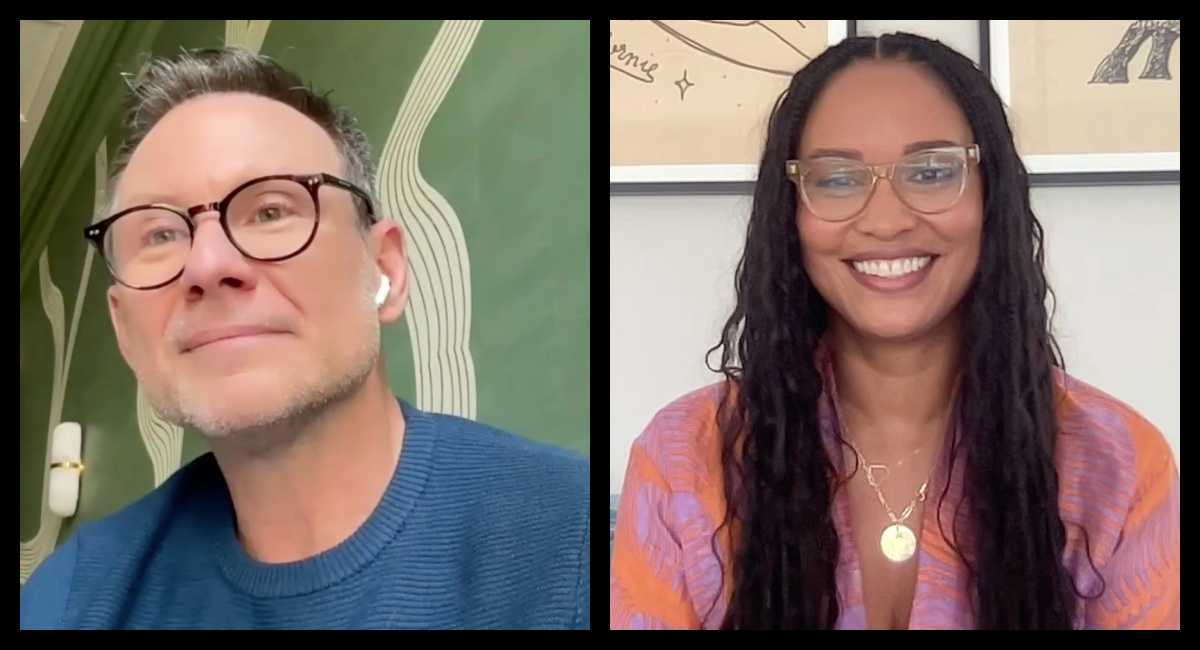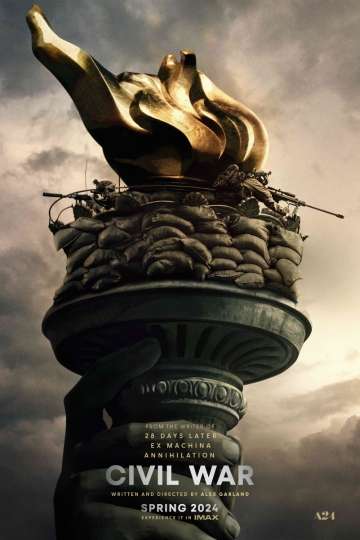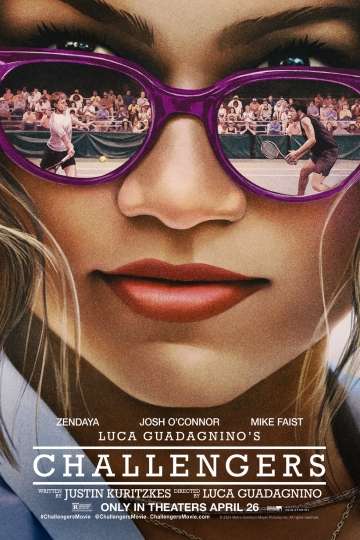A Last Minute Appreciation of Michael Jackson's 'Captain EO' Before the HBO Documentary Ruins It Forever
This weekend the two-part Michael Jackson documentary “Leaving Neverland” airs on HBO (it starts on Sunday and concludes on Monday) and if the reaction out of Sundance is any indication of what we can expect from the controversial documentary, well, come Tuesday it’s probably going to be very difficult to listen to any Michael Jackson song again. Or watch any of his music video or movie projects, either. Which is why we’d like to take the time to appreciate “Captain EO,” his 3D marvel for the Disney Parks, while we still can.
First, a bit of background: “Captain EO” was part of an initiative by newly-instated Disney CEO Michael Eisner to make Disneyland and Walt Disney World hipper and more appealing to kids. Considering Disney’s live-action film output had, since Walt’s death in 1966, not exactly been stellar, he turned to George Lucas to assist in this endeavor. Together, they came up with Star Tours and “Captain EO,” a “4D” film directed by Francis Ford Coppola (who needed a big commercial moment after a string of disappointments) and starring Michael Jackson. Jackson had been in Disney’s orbit for a while at this point and was well known for visiting Disneyland and Walt Disney World frequently. Also, he almost starred in a “Mary Poppins” sequel (yes, really). But that’s a story for another time.
The storyline for “Captain EO,” about a ragtag group of space adventurers who bring peace (through music, of course) to a cold and hostile world, was one of several ideas Walt Disney Imagineers brought to Jackson. Another was a kind of updated version of “Thriller,” with Jackson traveling around the park and bringing various characters to life. (They even spoke with “Thriller” director John Landis about the project.) Finally, the “Captain EO” concept was decided upon, since it combined a different storyline that featured a “Peter Pan”-like set-up (which Jackson loved) and the movie’s futuristic theme park setting of Tomorrowland (in Disneyland) and Futureworld (in EPCOT Center at Walt Disney World). Coppola chose the title “Captain EO,” naming after Eos, the Greek goddess of dawn.
Production was notoriously problematic, with Coppola and cinematographer Vittorio Storaro struggling with the cumbersome 3D cameras and visual effects and Lucas, who was thought to be a more hands-on producer thanks to his extensive knowledge of this type of production, taking a backseat role. As comedian Doug Benson, who served as a back-up dancer on the film, recalled on the podcast “I Was There Too,” at some point the production ran out of money completely, with trained professionals replaced by cheap extras. The final budget for the 17-minute extravaganza was a whopping $23.7 million, at the time the most expensive per-minute movie ever made (that stat would be eclipsed, a few years later, by James Cameron and his theme park attraction “T2 3D: Battle Across Time”). A popular rumor from the production’s extensive reshoots had the team replacing the head of robot character Minor Domo with a toilet’s ballcock because they couldn’t locate the original prop. Disney brass was apparently troubled by the amount of hip thrusts and crotch grabs, which is why there are moments during the movie that seem extra grainy; it’s because they had to be zoomed in to avoid the offending area. (Some thrusts still made it in.)
When the movie premiered at Walt Disney World and Disneyland in 1986, more than a year after it was supposed to (they had to shove essentially a “proof of concept” film called Magic Journeys into the theaters specifically built for “Captain EO” after the delay), it was met with the full-court Disney marketing blitz, including an hour-long making-of television special (hosted by Whoopi Goldberg, who called the film “a 17-minute miracle of a movie”) and another hour-long grand opening celebration from Disneyland that featured some truly incredible of-the-moment celebrities Valerie Harper, Debra Winger and, um, OJ Simpson. The special was hosted by Patrick Duffy and Justine Bateman with performances by The Moody Blues, Robert Palmer and Starship (they performed on the Tomorrowland stage!) That grand opening celebration is also notable for a weird children’s choir version of Jackson’s “We Are Here to Change the World,” a song written for “Captain EO” and not officially released until a 2004 box set (and even that was a truncated version).
As for the attraction itself, it opened on the same week in Florida and California in September 1986, a coordinated effort that seems downright incredible, even for the modern-day Disney machine, and came festooned with dazzling in-theater effects that earned its “4D” moniker.
And honestly, “Captain EO” was an expertly choreographed thrill ride. The story is pretty basic, with Jackson and his ragtag band of misfits crashing on a planet full of designs liberally borrowed from H.R. Giger (Anjelica Huston’s Supreme Leader make-up is particularly egregious), but the song-and-dance numbers are literally out-of-this-world and the movie’s message of peace and hope in technologically troubled times resonated at both theme parks. Putting on those plastic purple shades and walking into that theater, you felt like you really were being transported along on some intergalactic voyage. Disney allowed for a television broadcast of the movie once; it aired on MTV in the promotional lead-up to Jackson’s “HIStory” album release. It was just as amazing at home.
Of course, all good things come to an end, and after the child molestation charges were first leveled against Jackson in 1993, it quietly closed in EPCOT the following year (and remained open in Tokyo Disneyland until 1996, Disneyland until 1997 and in Disneyland Paris until 1998). Associating a potential pedophile (even if he was never convicted) with the Disney brand was just too much. Of course, after Jackson’s untimely death, Disney started screening the film for members of Jackson’s family and friends and the decision was reached that the attraction would return for a limited time under the title “Captain EO Tribute” (this undoubtedly had to do with some legal reasons). And while the theater had gone through some changes and many of the effects didn’t return (more were back in California than Florida), it was still a blast to see Captain EO liberate a gloomy planet through the power of 1980s pop. This resurrected EO was a surprise smash, playing to packed houses and selling tons of merchandise. This iteration of “Captain EO” ended up running for 5 years in most parks, which is truly incredible.
Now, it seems like the time to sunset both our warm feelings of the attraction and a healthy appreciation of Michael Jackson in general. We haven’t seen the two-part documentary yet but early reports say that it is scathing and really compelling and will fundamentally alter your view of the artist forever. It’s a shame, but knowledge is power. Captain EO himself would probably agree.



